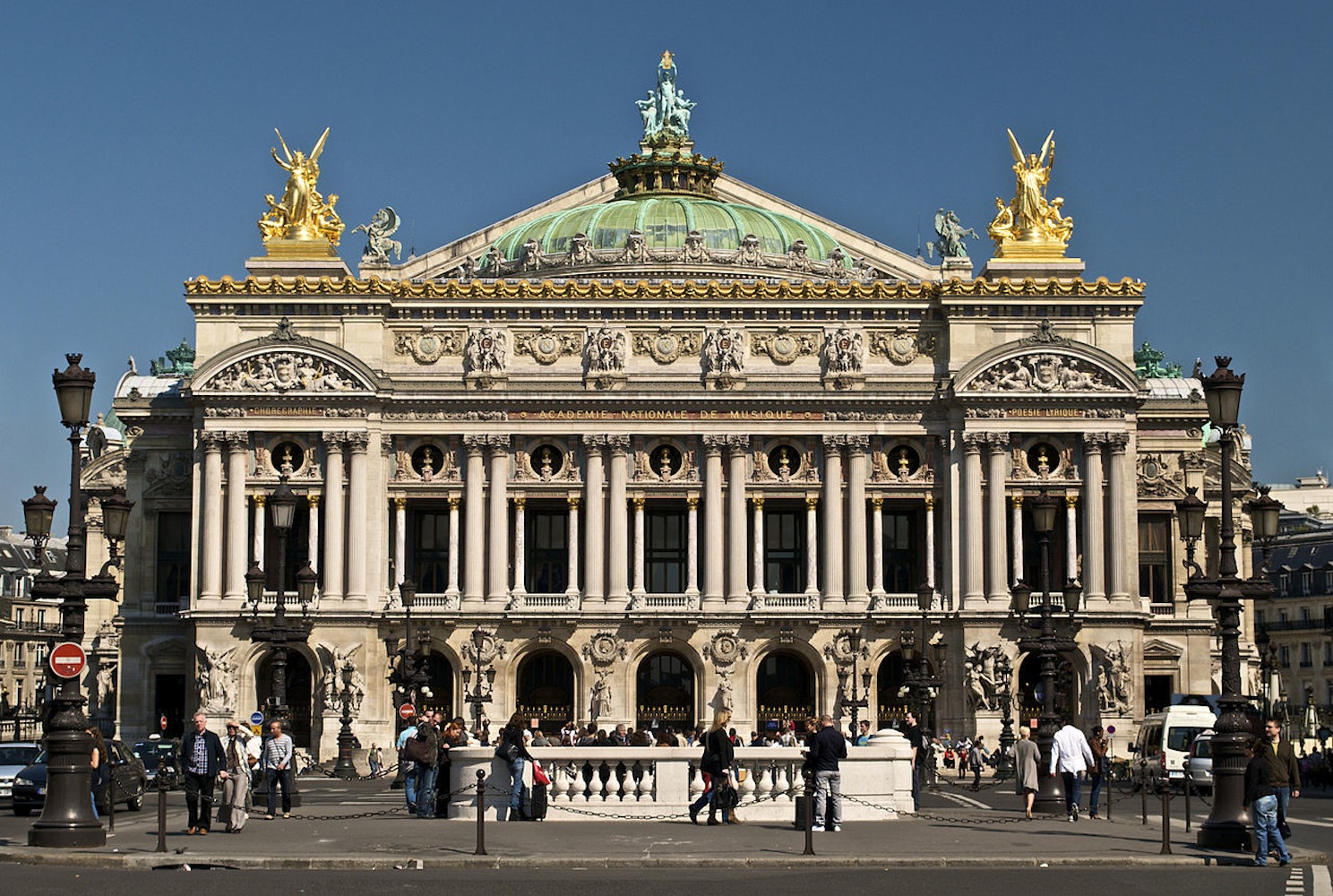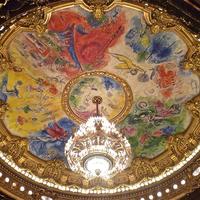More about National Opera of Paris
Works at National Opera of Paris

Sr. Editor
Visit the Paris Opera House and see for yourself why the Phantom of the Opera would want to live here.
Also known as the Palais Garnier (English: Garnier Palace), Opéra Garnier, or Opéra de Paris was the home of the Paris Opera Ballet and the Paris Opera, until 1989, it is now mainly used for the Ballet.
Due to the high groundwater levels around the area a manmade lake was conceived to help protect the foundation and the urban legend of Gaston Leroux's mysterious Phantom was born.
Leroux also drew inspiration for his "chandelier in pieces" when one of the chandelier's counterweights accidentally killed a member of the audience when it fell through the ceiling. Watch it crash over and over.
The chandelier was designed by Garnier and weighs 7-tons and cost 30,000 francs. Patrons sitting in the fourth level boxes had a rough time actually seeing the opera because the chandelier was so huge. Garnier retorted in his 1871 book Le Théâtre: "What else could fill the theatre with such joyous life? Who else could offer the variety of forms that we have in the pattern of the flames, in these groups and tiers of points of light, these wild hues of gold flecked with bright spots, and these crystalline highlights?"
In the 1957 film Funny Face, Audrey Hepburn has a photoshoot with Fred Astaire here. Hepburn is "stood up" at the Opera and Astaire tells her to walk down the stairs with "fire in your eyes and murder on your mind" all while wearing a gorgeous Givenchy ensemble.
A trip here is totally worth it. The opulence and grandeur are absolutely mind-blowing! Be sure to go when there isn't a matinee because you won't be able to see Chagall's ceiling! Honestly, the rest of the building is totally worth it even if you don't get to see the ceiling and chandelier.
Featured Content
Here is what Wikipedia says about Palais Garnier
The Palais Garnier (
French: [palɛ ɡaʁnje] ⓘ, Garnier Palace), also known as Opéra Garnier (
French: [ɔpeʁa ɡaʁnje] ⓘ, Garnier Opera), is a historic 1,979-seat opera house at the Place de l'Opéra in the 9th arrondissement of Paris, France. It was built for the Paris Opera from 1861 to 1875 at the behest of Emperor Napoleon III. Initially referred to as le nouvel Opéra de Paris (the new Paris Opera), it soon became known as the Palais Garnier, "in acknowledgment of its extraordinary opulence" and the architect Charles Garnier's plans and designs, which are representative of the Napoleon III style. It was the primary theatre of the Paris Opera and its associated Paris Opera Ballet until 1989, when a new opera house, the Opéra Bastille, opened at the Place de la Bastille. The company now uses the Palais Garnier mainly for ballet. The theatre has been a monument historique of France since 1923.
The Palais Garnier has been called "probably the most famous opera house in the world, a symbol of Paris like Notre Dame Cathedral, the Louvre, or the Sacré Coeur Basilica". This is at least partly due to its use as the setting for Gaston Leroux's 1910 novel The Phantom of the Opera and, especially, the novel's subsequent adaptations in films and the popular 1986 musical. Another contributing factor is that among the buildings constructed in Paris during the Second Empire, besides being the most expensive, it has been described as the only one that is "unquestionably a masterpiece of the first rank".
The Palais Garnier also houses the Bibliothèque-Musée de l'Opéra de Paris (Paris Opera Library-Museum), which is managed by the Bibliothèque Nationale de France and is included in unaccompanied tours of the Palais Garnier.
Check out the full Wikipedia article about Palais Garnier











